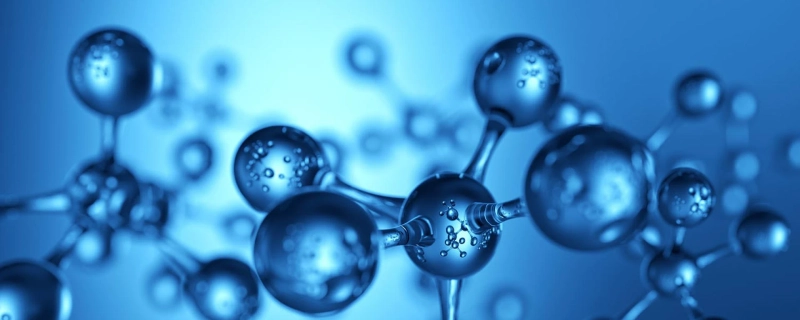Herbicides are a class of chemicals that kill weeds or harmful plants without affecting the normal growth of crops.
1. Classification of Herbicides
Herbicides can be classified according to their mode of action, conduction, application method, chemical structure, and mechanism of action.
(1) Mode of Action
Herbicides can be divided into selective herbicides and biocidal herbicides according to their mode of action.
Selective HerbicidesSelective herbicides have a selective effect on different plants. Selective herbicides can kill weeds without harming crops, or even kill certain weeds without harming crops and other weeds.
(2) Conduction
According to the conduction of herbicides in plants, herbicides can be divided into contact herbicides and systemic conduction herbicides.
Contact HerbicidesContact herbicides only kill the parts of the weeds that are in contact with the herbicide, and play a local killing effect, but cannot or rarely conduct in plants, such as paraquat.
Systemic Conduction HerbicidesAfter being absorbed by weeds, systemic conduction herbicides can be transferred to plants through the parts in contact with weeds, which can lead to the death of the whole plant, such as glyphosate.
Some herbicides have both contact killing and systemic conduction, but one mode of action is the primary mode of action.
(3) Application Methods
Herbicides can be divided into stem and leaf treatment agents and soil treatment agents according to their application methods.
Soil Treatment AgentsThe soil treatment agent is directly sprayed on the soil surface in the form of a solution, and is absorbed by the roots, coleoptiles and other parts of weeds to exert a herbicidal effect, such as prometryn.
Related Herbicides and Metabolite Standards:
Catalog
Name
BLP-011665
Product Diuron-[d6]
BLP-001301
Product Diuron-[13C6]
BLP-007250
Product Chlorotoluron-[d6]
BLP-013094
Product Linuron-[d6]
BLP-013093
Product Isoproturon-[d6]
BLP-011920
Product Isoproturon-[d3]
BLP-014111
Product Benzthiazuron-[d3]The mechanism of action of carbamate herbicides is to inhibit cell division and elongation, and inhibit the growth of roots and shoots.


